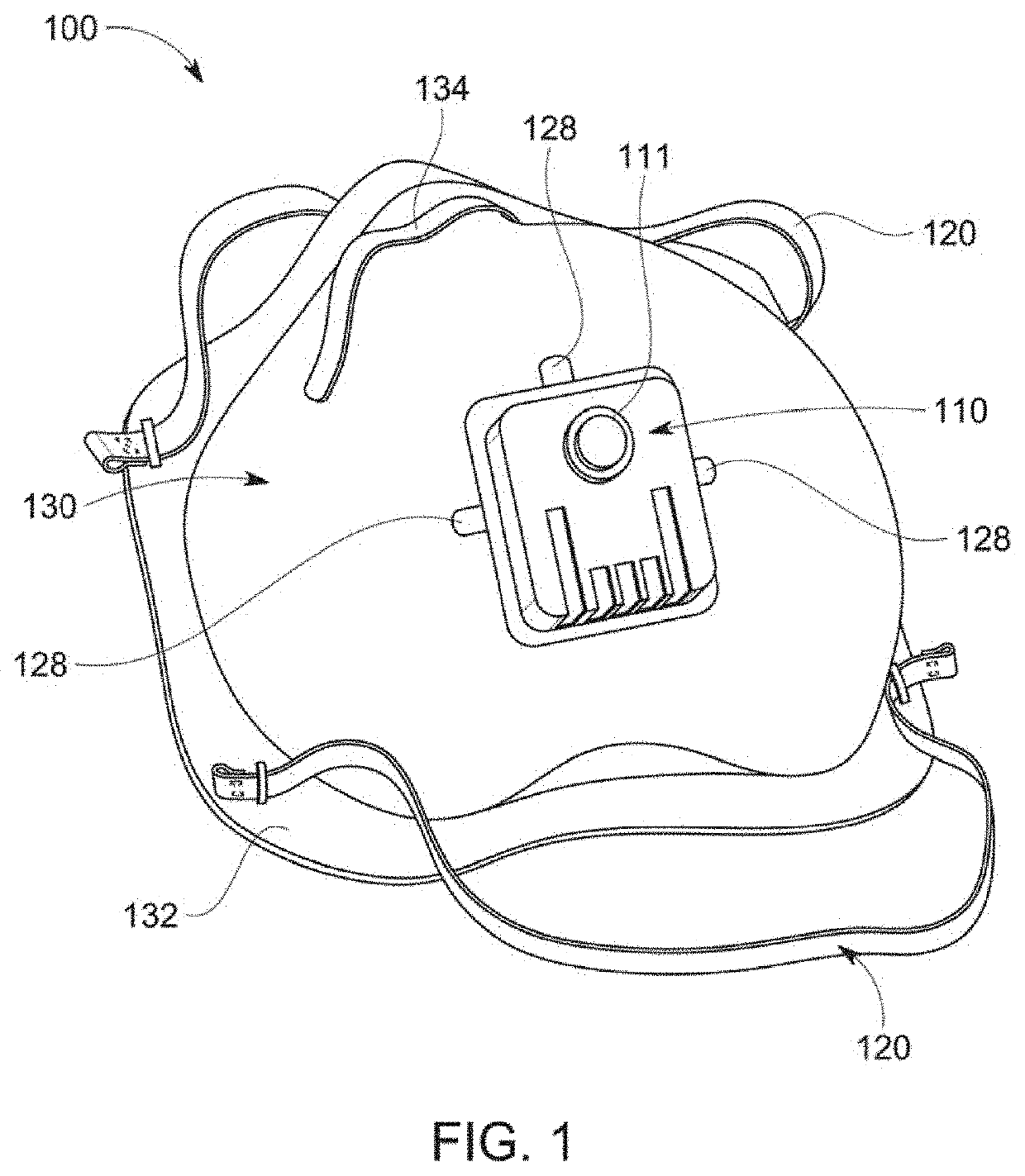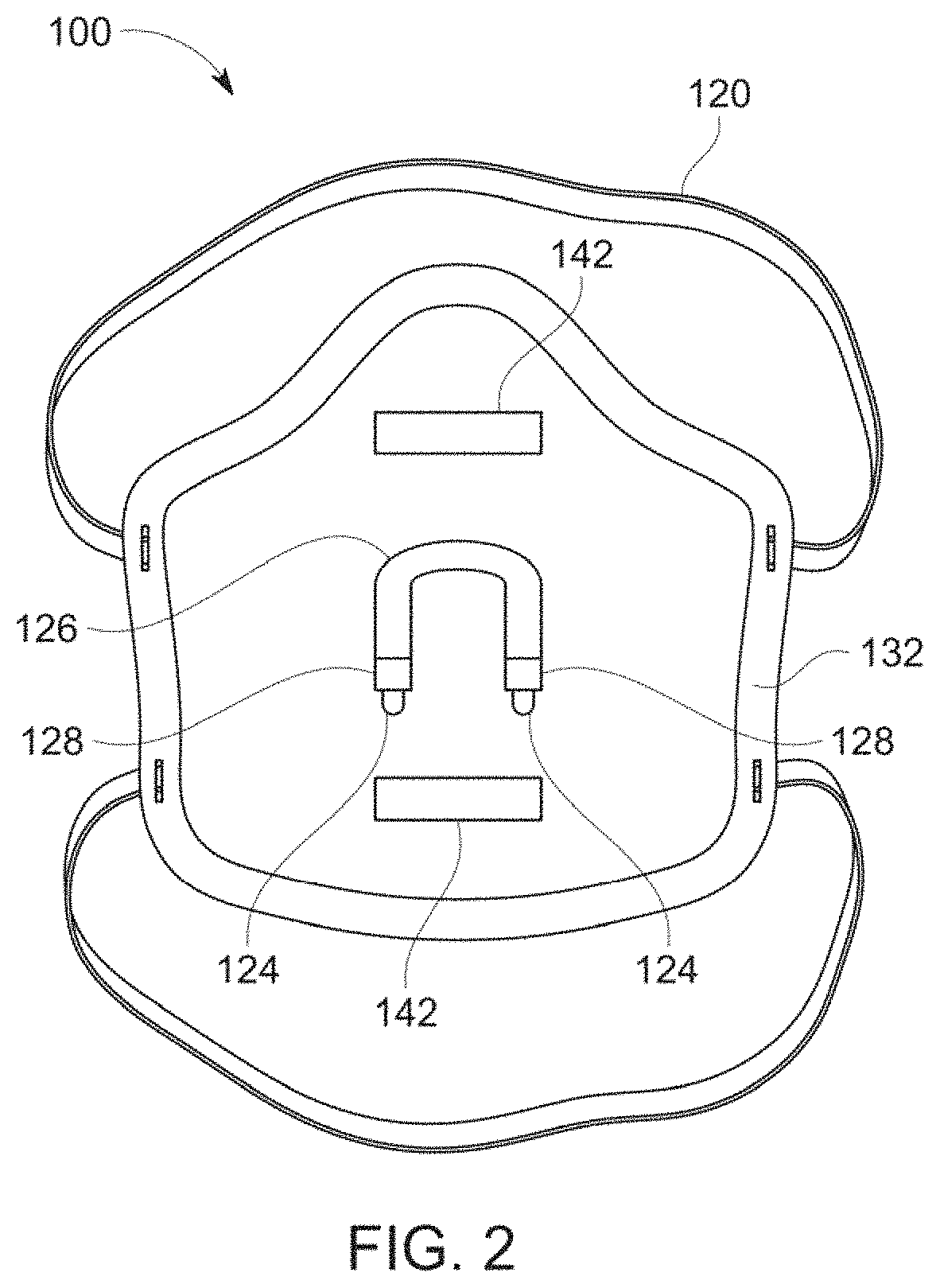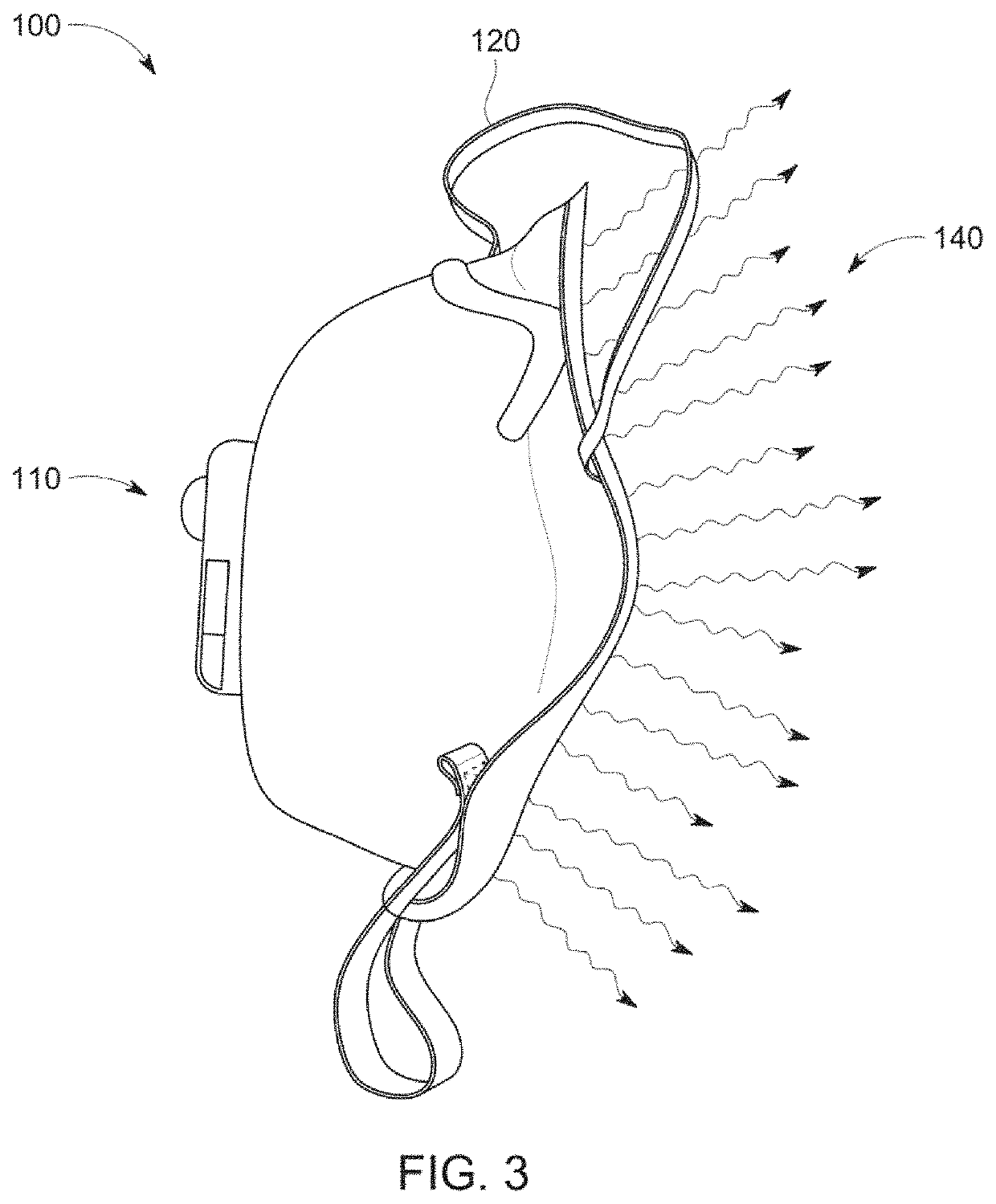Surgical masks are less effective than respirators, as they are primarily a barrier to splash and splatter, with modest to minimal protection to pathogenic aerosols.
Because surgical masks are also less effective than respirators at reducing the spread of viral or other microbial infections via aerosolized particles, they can be a risky form of
personal protective equipment for health care providers dealing with influenza, COVID-19, and for other microbial pandemics.
Face shields provide a
physical barrier to splatter, but by being open to
ambient air around the edges, cannot protect against aerosolized
virus or small floating droplets.
Common masks that are used by non-medical professionals are paper or cloth masks, which are only partially effective at reducing the spread of viral or other
pathogen infection through
inhalation and
exhalation.
Paper masks are not regulated and while they have been established as more effective than no barrier, their
efficacy is variable, with only 30-50% barrier
efficacy in some instances, which may provide users a false sense of security leading them to acquire or spread infection.
These unregulated masks typically are not multi-ply and do not provide significant respiratory protection from aerosolized pathogens.
Nevertheless, for aerosolized
virus, research suggests unregulated masks offer better protection against viral pathogens than no
mask at all.
During times of
pandemic when personal
protective gear may be rationed due to high demand, the need for a continuous supply of replacement masks, respirators and face shields places financial and medical strains on the health care
system.
However, surgical masks do not cover eyes to prevent ocular transmission of aerosolized pathogens.
However, there are inherent limitations of the effectiveness of the masks including respirators, for example, when used by wearers who have
facial hair, who experience
perspiration on the face that limits the occlusive fit of the
mask, or who's facial shape does not allow a perfect or secure fit or who feel claustrophobic and frequently touch or adjust the mask to breathe better, potentially contaminating it or reducing efficacy by admitting non purified air into the
respiratory chamber of the mask.
Furthermore, even with optimal fit, none of these options provides adequate protection against the force of a
sneeze or cough if the wearer is infected, where forceful aerosols can permeate all current types of masks and
respirator barriers.
Furthermore, currently there are no effective PPE options to allow wearers to remain protected while they consume food or liquid, to communicate unconstrained, to address their own infection symptoms without removing their own PPE or that may actually treat them if they become exposed.
It is assumed respirators become contaminated when doctors come into contact with infected patients, particularly for aerosolized types of infection—or when worn by an infected person.
Unfortunately, in the event of a shortage of
personal protective equipment, including
face masks, respirators and face shields, healthcare providers and first responders are forced to reuse disposable PPE, increasing the likelihood of becoming infected themselves and of spreading infection to others.
However, these devices do nothing to decrease the level of infectious pathogens already present on
skin or in viral reservoirs of an infected person's nasal or oral cavities.
However, conventional face shields are not enclosed and do not filter air or protect the wearer from aerosolized pathogens such as COVID 19 aka SARS-COV2.
However, limitations of use in the healthcare setting include cost, limited downward
vertical field of view, blower
noise and head covering which impairs a wearers ability to hear, reduced ability to use a
stethoscope, need for replacement batteries, and need for proper disinfection and cleaning after each use or
contamination exposure.
Such systems despite efficacy would not be considered readily useable for general public use due to
noise, bulkiness and need for specialized disinfection procedures after
contamination exposure.
Furthermore, the appearance of such head gear in these and other types of protective respirators can be
anxiety provoking to patients or other members of the public.
Furthermore, all current masks, respirators and shields constrain communication to some degree by the inherent unintended acoustic barrier provided by these forms of PPE which cover the mouth and
nose.
Furthermore, none of the masks, respirators or shields assist persons experiencing
rhinorrhea or cough to deal with these issues without removal of the PPE, which exposes the user to contaminating the air and people around them A need for a more effective, comfortable, socially useful, visually nonthreatening and personally identifying method of portable respiratory protection from aerosolized pathogens exists.
For example, UV light at certain wavelengths causes damage to eyes and
skin including sunburns, and the
DNA damage accrues to human cells as well which ultimately can lead to
skin and other cancers.
However, far UV-C light has not been utilized as part of personal protective equipment as a direct sanitizer for skin or other tissue areas, such as the
nose and
throat as a means to directly prevent and even treat infection, where
exposure to the light serves the
dual purpose of anti-microbial protection for an uninfected user, as well as a therapeutic modality to reduce viral burden and act as an infection containment device for an infected user.
Furthermore, Roth did not design his mask to utilize UV light to target potential viral reservoirs, such as
nasal passages or the oropharynx, or peri ocular areas for the purpose of reducing viral and bacterial pathogens in these structures—the latter as a therapeutic maneuver, not only a protective one.
Furthermore, many wearers of face masks complain of a sense of
claustrophobia from the limited
air space of
respirator type masks, resulting in constant manipulation and touching which reduces its utility as a barrier, and increases
contamination risk.
PAPR machines are large and bulky, and sometimes the blowers are noisy.
 Login to View More
Login to View More  Login to View More
Login to View More 


